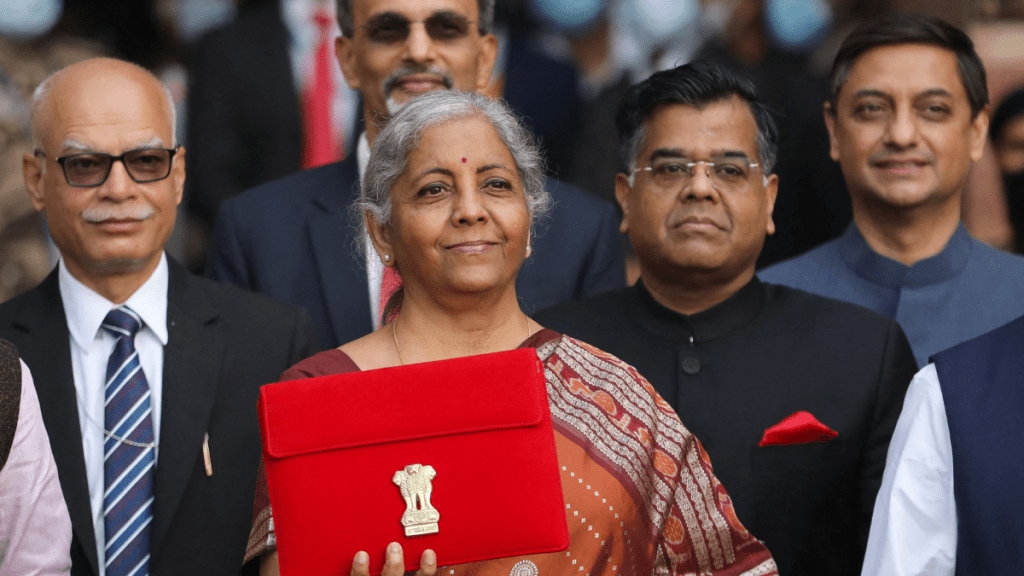By Kaku Nakhate
The budget presented by the finance minister Nirmala Sitharaman is a fiscally prudent, inclusive, growth oriented budget that is focused on creating jobs, empowering women, and supporting manufacturing and farm sectors.
In a volatile and uncertain global macro environment, it is reassuring to see that the government is targeting a tighter fiscal deficit of 4.9% in FY25 and aims to further reduce it to 4.5% in FY26.
However, the fiscal discipline does not compromise the government’s intent on infrastructure development, which in this Budget is estimated at Rs 11.11 trillion amounting to 3.4% of GDP, a 17.1% YoY increase.
The finance minister has further reiterated that the government debt will decline beyond FY26 as a percentage of GDP. In my opinion, this surely should lead rating agencies across the world to upgrade India.
Manufacturing was a key theme in the Budget. It was heartening to see that customs duties have been brought down in sectors like electronics, capital goods for solar cells and panels and on 25 critical minerals, thus providing further impetus to the government’s Make in India initiative.
The infrastructure spend will further help us achieve the goals of the National Logistics Policy to bring down logistics cost from 14% of GDP to 8% by 2030.
The MSME sector is the backbone of our economy, and I truly believe that for India to achieve its dream of becoming a $5 trillion economy, this sector needs to be well supported.
Hence, it was encouraging to see that the Mudra loan limit for MSMEs has been doubled to Rs 20 lakh. One of the key focus areas in this Budget has been job creation, along with education and skilling.
By incentivising both employers and employees, the government is making concerted efforts to move jobs from unorganised sector, which currently accounts for 80% of jobs in India, to the formal economy.
The scheme to offer one-month wage to new entrants in all formal sectors is likely to benefit 21 million youth. It was also encouraging to see
that empowering Indian women continues to remain a key focus area for the government.
With 1.4 billion population, India needs to be self-sufficient in agriculture. This Budget proposes releasing new high-yielding varieties of crops, initiating 1 million farmers into natural farming and providing digital public infrastructure (DPI) for farmers to enhance their farm productivity and strengthen our agriculture sector.
Continuing India’s efforts towards energy security and achieving its climate targets, the Budget announced a slew of initiatives in nuclear, renewable, and thermal energy space.
The government’s decision to promote rooftop solar scheme has seen a remarkable response with 14 million registrations.
In fact, the budget has also announced a financial support to industries in 60 clusters, including brass and ceramic, for transitioning them towards use of clean energy. Focus continues to be on improving energy efficiency and emission targets to create a sustainable India carbon market.
The abolition of angel tax, the reduction of corporate tax rates on foreign companies are welcome moves. One thing which really could have been avoided in this Budget was the removal of indexation benefit on housing as it is likely to impact the mid-income families who aspire to upgrade to a new house by selling their existing house after staying there for years.
Kaku Nakhate is the President and India Country Head at Bank of America.
Disclaimer: Views expressed are personal and do not reflect the official position or policy of FinancialExpress.com Reproducing this content without permission is prohibited.

